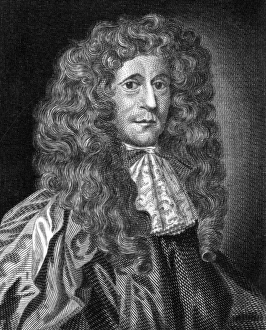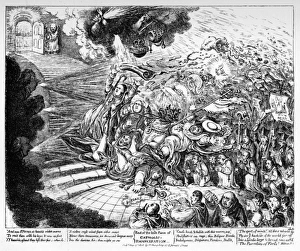Popish Collection
"Popish: Unraveling the Dark Threads of Anti-Catholicism" In the annals of history
All Professionally Made to Order for Quick Shipping
"Popish: Unraveling the Dark Threads of Anti-Catholicism" In the annals of history, the term "popish" has been used to describe various events and individuals that were entangled in a web of anti-Catholic sentiment. From political plots to fabricated scandals, these hints shed light on a tumultuous era filled with religious tensions. One such figure is Stephen Dugdale, whose work titled "Informe" delved into the secrets and practices of Catholicism. His writings aimed to expose what he believed were dangerous influences within the Catholic Church. Playing cards commemorating the Rye House Plot serve as a chilling reminder of an attempt to assassinate King Charles II in 1683. This engraving captures the intensity and intrigue surrounding this conspiracy, which was often associated with Catholics. The etching depicting bishops imprisoned in London's Tower reveals a time when Popish recusants faced persecution and had their weapons confiscated during 1642. It reflects an era marked by suspicion towards those who practiced Catholicism. An anti-Catholic procession from 1680 showcases how public displays of animosity towards Catholics were not uncommon during this period. The engraving vividly portrays scenes meant to incite fear and hatred against followers of Rome. Titus Oates emerges as a central character in this narrative - an English perjurer infamous for fabricating what became known as the Popish Plot. Convicted for his deceitful actions, he would later be seen enduring public humiliation while confined within a pillory. Dr Titus Oates' involvement further highlights how even respected figures could become embroiled in anti-Catholic fervor. William Fuller's association with him adds another layer to this complex tapestry woven by those seeking to demonize Catholics. Stephen College stands witness as both perpetrator and victim within this historical context - one image shows him implicated alongside Oates, while another suggests his imprisonment due to his Catholic faith.


















